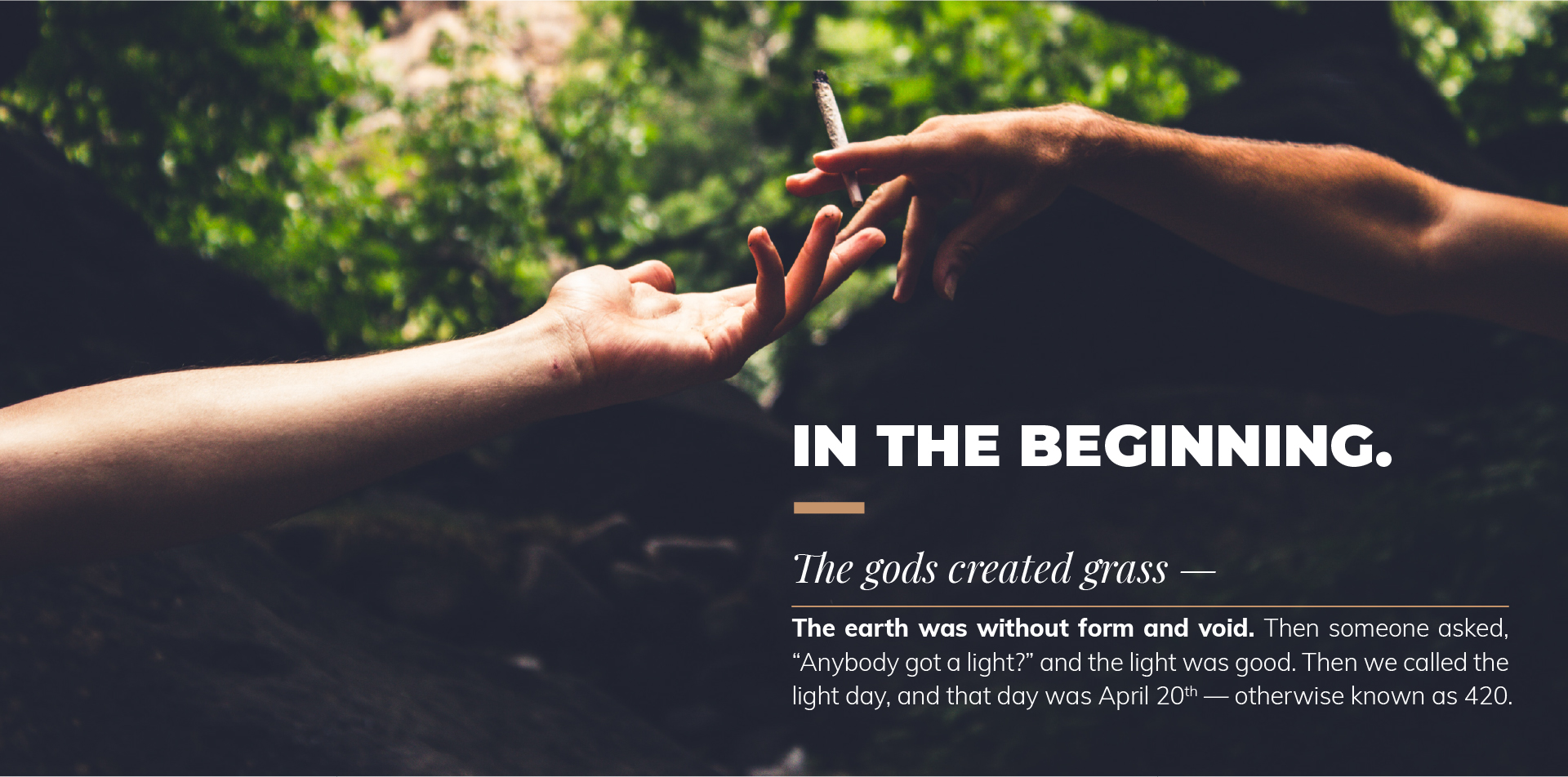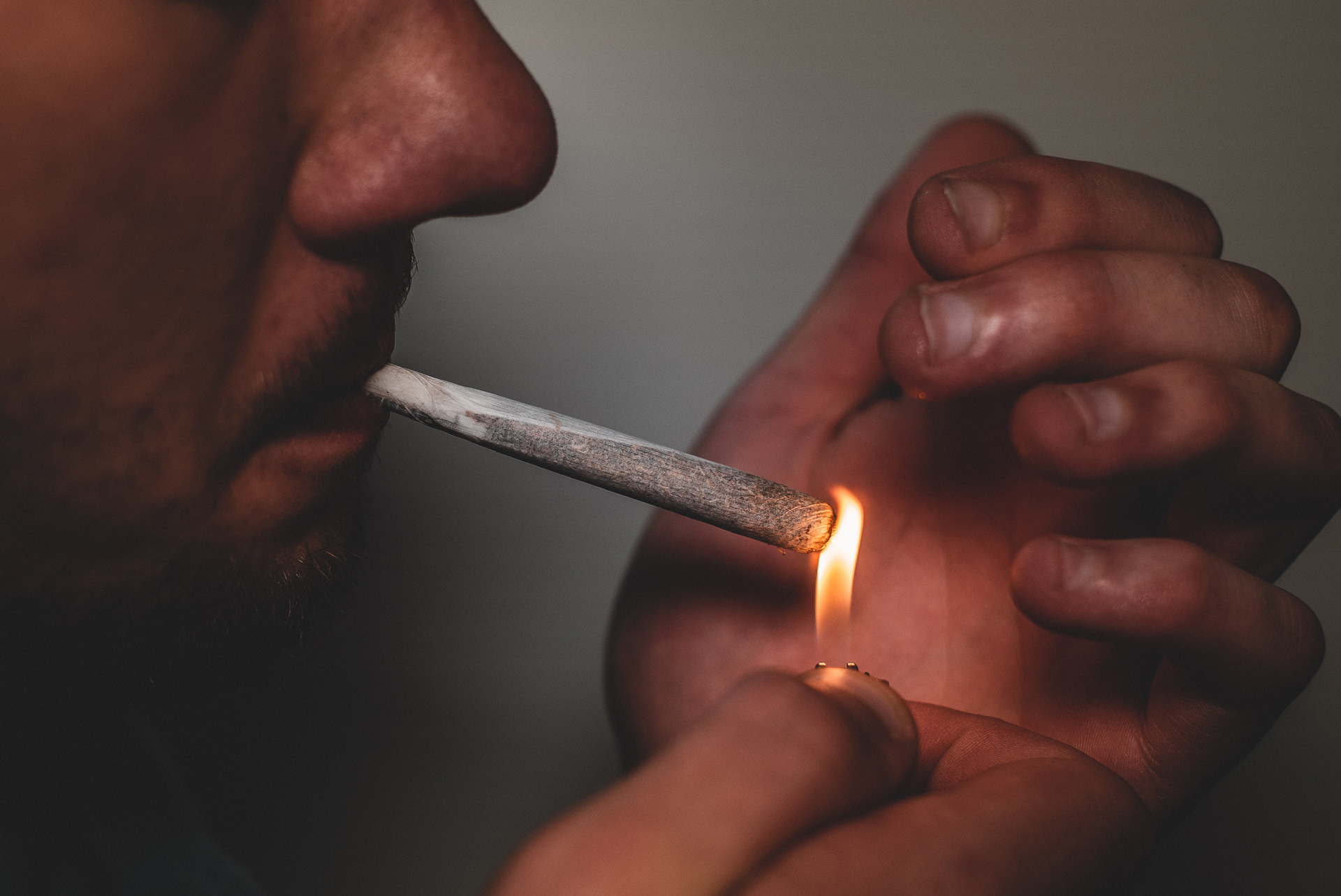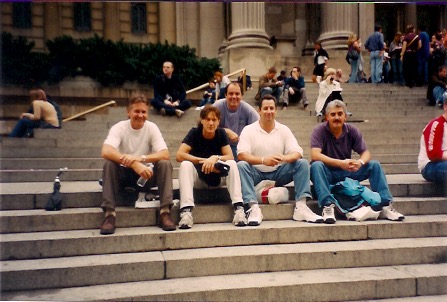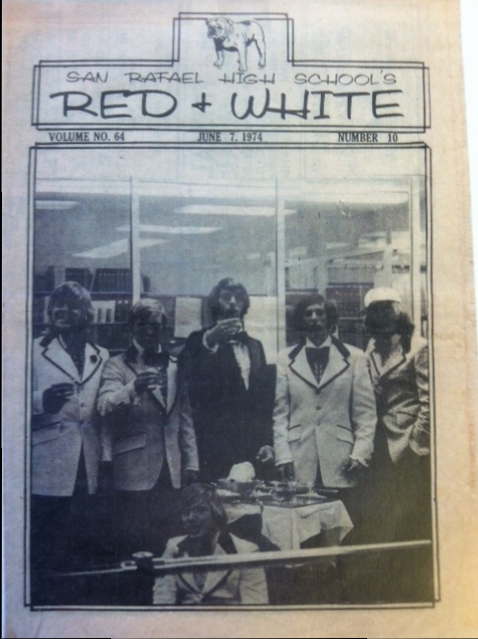Myths, Legends, and Cannalore: The History of 420
Published by Denise Mckenzie on Apr 13th 2021

We all know what it means, but where did it come from? Here's the low down on the myths, legends, and real history behind 420.
420: The ubiquitous codeword that sparked a global cannabis movement.
420 is the quintessential cannabis expression that has evolved from offbeat slang to universal code, eventually becoming a tradition unofficially observed every year on April 20th. It's a day to celebrate the beatific herb many enjoy so much, as well as a day to support cannabis activism and social justice. Hell, it's a full-on lifestyle, really. But, why "420"?
Myths and stories abound, but where's the truth?
There are tons of rumors out there about the origin of 420 and how it became a thing. From conspiracies about police codes to four-twenty being the number of active ingredients in cannabis, or that 4:20 is teatime in Holland, people have circulated many elaborate stories over the years.
Some even claim Bob Dylan's song "Rainy Day Women #12 and #35" started it all. To be fair, 12 times 35 does equal 420, for the math conspiracists out there, but that's merely coincidental. Although, we do know how much Bob Dylan has enjoyed his "tea sticks" over the years. Others believe that it's to celebrate the anniversary of Bob Marley's death. However, the actual date doesn't isn't until May 11th, so 4/20 would be a bit early.
While these speculations are entertaining, they're no more than green-themed folklore. The real story of 420's inception does begin a few decades back but is even more legendary. If you're looking for a fun 420 story to share with your customers, here's how it all began.
The Waldos, California, a treasure map, and the 1970's.
Like a scene straight from Richard Linklater's Dazed and Confused, it all started with a group of wisecracking buddies at San Rafael High School in the Bay Area in 1971, the height of the California dreamin' hippie heydey. Known as The Waldos, the fun-loving crew would have agreed with Randall "Pink" Floyd that it'd be a lot cooler if you had a joint on you.
Clad in bellbottoms, bandanas, and homemade western shirts, the group of friends would meet every day between classes and goof around in the commons. After school, they'd go on adventures they called "Waldo Safaris."
On one occasion, the most epic Waldo Safari began when Waldo Steve was given a treasure map to a secret patch of cannabis growing on the Point Reyes Peninsula. The map came from the brother of a U.S. Coast Guard who allegedly planted the crop, but could no longer take care of it. He gave his brother permission to harvest, who then passed along the map to the audacious Waldos.
What does this have to do with 420?
With prospects of precious fortune before their eyes, The Waldos agreed to meet after school at the statue of Louis Pasteur (yes, the milk guy) at 4:20. Everyone showed up, got super baked, then set out on their most daring quest yet, map-in-hand in seeking a field of green beyond dreams.
The Waldos' first mission was not successful, but they didn't give up. The loyal adventurists decided they would continue to meet after school every day, which was typically around 4:20. The statue of Louis Pasteur became the permanent meet-up point for the Waldos pre-safari rituals.
What else does a top-secret treasure hunting quest need? A codeword, of course! The crew began to use the term "420 Louie" to remind each other of their plans after school. When The Waldos would see each other in the hall, they'd give a quick salute with a "Four Twenty Louie!" exclamation. Eventually, they dropped the "Louie" part, leaving us with the infamous "420" expression we all are familiar with today.
Passing the pipe to the next generation.

After many missions to Point Reyes Peninsula, The Waldos never did find the elusive patch of pot from the treasure map. However, they did continue their Waldo Safaris and misadventures over the next decade. Every April 20th, they held a huge party with a special ritual session at 4:20 in the afternoon.
Once the Waldos got a bit older, got married, and started families, they slowed down on the puffing and passed the proverbial pipe down to the next generation. Yet, it could be argued that the new generation of San Rafael and other Marin County kids already caught wind of the secret smoking code of the Bay Area.
The next round of high school students picked up on the local lingo one way or another, keeping the spirit of cannabis and The Waldos' smoky safaris alive. Younger folks began to host their own ritual congregations every year. Flyers started to circulate all over the Bay Area, and no one outside of it had a clue what it meant. But soon, the world would catch on.
When history becomes folklore- Cue The Grateful Dead.
This is where true story starts to meld with myth. We know that The Waldos coined the 420 expression and that younger generations started using the slang on a larger scale. But how did it get, like, super-popular all over the globe?
Being some of the most wildly famous hippies from the Bay Area, the Grateful Dead, of course, find their way into the 420's tale of cannalore. It is rumored that one of the Waldos worked with The Dead. Or was it a brother of a Waldo?. Or a Waldo dad? In any case, The Waldos were running with the same crowds as the members of the Grateful Dead, but they never considered themselves "Deadheads". Our best guess is, that if kids were making flyers and distributing them all over the Bay Area, it makes sense that Jerry Garcia, Phil Lesh, or someone else in the extended Family would pick up on the 420-friendliness.
If not The Dead themselves, the concept of 420 was introduced to the rest of the cannabis-loving world, possibly thanks to a metric ton of stoned Deadheads sway-dancing to "Sugar Magnolia, blossom's blooming..." but we ever really know?
A humble legend becomes a tradition, and we still celebrate today.

420 found its humble beginnings as an inside joke between high school friends. Like a fast-burning joint, it spread across California's west coast and to the rest of the world, thanks to The Waldos, and most likely, the Grateful Dead.
Today, the notorious numerical reference has evolved into a unofficial holiday and is celebrated globally. Massive smoke-outs, parties, parades, and other social festivities and rituals typically occur in varying degrees (maybe not so much during covid).Cannabis advocates and anti-prohibition activists use the 4/20 date as an opportunity to raise awareness and protest for social justice issues and inequities accredited to the war on drugs.

How will you celebrate 420 this year?
Spice up your 420 sales and store events by sharing the story of the Waldos. You're bound to turn a few heads when your customers hear the true history behind 420.
Looking for last-minute holiday deals? Log in to your wholesale account to access Windship Trading's 420 sales.
Need an account? Request one here!
Further Reading
Say Hello to the Little Dipper, the Latest from Dip Devices.
The Tobagrown Project Challenges Manitoba's Homegrown Cannabis Prohibition


